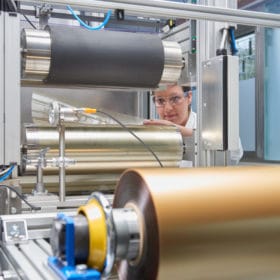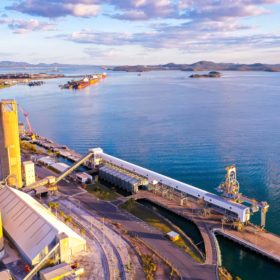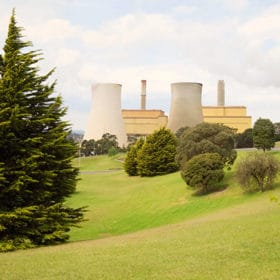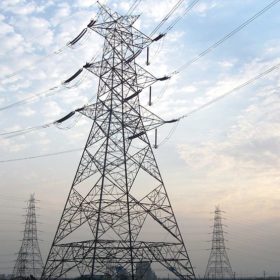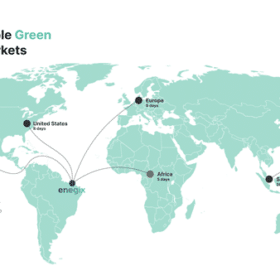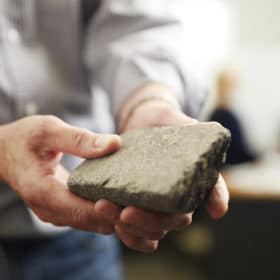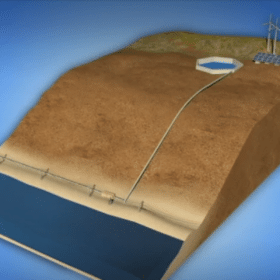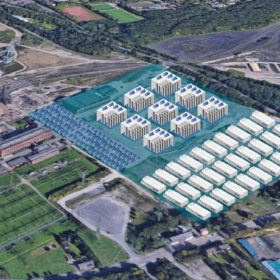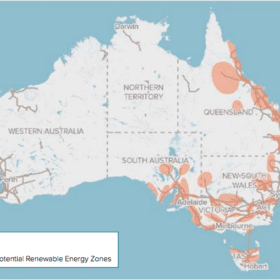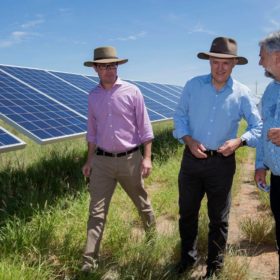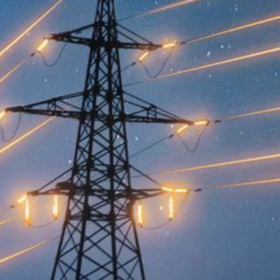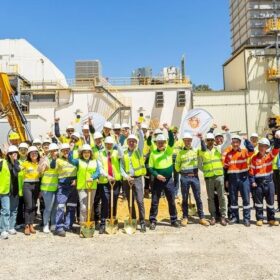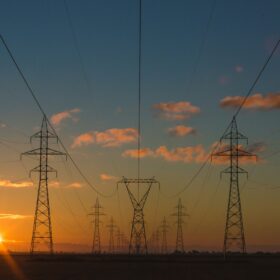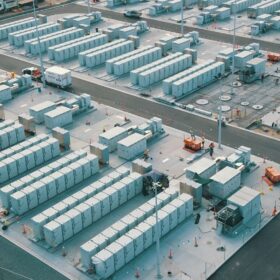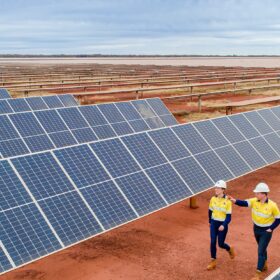Australia’s world-leading hydrogen pipeline drives analysts to boost renewable growth forecast
Market analyst Fitch Solutions has raised its expectations for renewables in Australia, citing the country’s unrivalled green hydrogen project pipeline and its commercially viable large-scale battery storage sector.
Gladstone to host $500m solar to hydrogen plant
London-based Eco Energy World, which is already developing at 300 MW solar project north of Gladstone, Queensland, has announced that it is going to combine the solar plant with a 200 MW hydrogen plant and 100 MW of energy storage for green hydrogen exports to the global market.
Big battery to replace country’s dirtiest coal power plant, Yallourn, as early closure announced
EnergyAustralia today announced it would be closing Australia’s most carbon-intensive coal power station, Yallourn, four years early and building a 350 MW utility-scale battery at the Latrobe Valley site instead.
A chilling draft of 2021-22 MLFs hits NSW solar farms
Congestion due to the push and pull of demand and generation across inadequate transmission infrastructure continues to play havoc with marginal loss factors. Although NSW bears the brunt of AEMO’s draft calculations for the coming financial year, there are some bright spots in the NEM.
Australia-based Enegix Energy planning $5.4bn Brazilian green hydrogen plant
The facility is expected to be located in the state of Ceará and to be powered by around 3.6 GW of wind and solar facilities located in the region. The project developer is Australia-based Enegix Energy.
WA start-up prepares to be one of the world’s first Li-ion battery anode producers outside China
With reins tightly held by China, a handful of players are trying to prise the production of a core ingredient of lithium-ion batteries out of Goliath’s hand before the battery boom begins in earnest with the electrification of the transport sector. The head of one of those companies, WA start-up International Graphite, spoke to pv magazine Australia about the hunger of both investors and customers, and the surprisingly collaborative race to feed global demand.
Pumped hydro with desalination, powered by renewables
EDF and Oceanus plan to build a pumped hydro storage station and a desalination system powered by wind and solar. The system will use saltwater to produce hydropower during periods of high demand, while producing affordable freshwater.
German steel giant wants to set up 500 MW green hydrogen plant
German energy company Steag is helping Thyssenkrupp decarbonise its steel production site in Duisburg-Walsum. Green hydrogen generation is expected to be powered by a mix of wind and solar power.
Government advisors class multiple renewable projects among Australia’s highest infrastructure priorities
Australia’s infrastructure advisory body has added a number of renewable energy-related projects to its priority list, recognising the need for investment in the “once-in-a-lifetime transition from thermal generation to intermittent renewables.”
Turnbull to chair Fortescue’s ambitious renewable energy business
Iron ore giant Fortescue Metals Group’s ambitious Fortescue Future Industries wants to build a renewable energy portfolio of more than 235 GW. The ambition, combined with the apparently bullish effort of Fortescue executives in recent months, has garnered headlines, and now Fortescue has announced former Prime Minister Malcolm Turnbull and former National Intelligence chief Nick Warner as part of its team.
